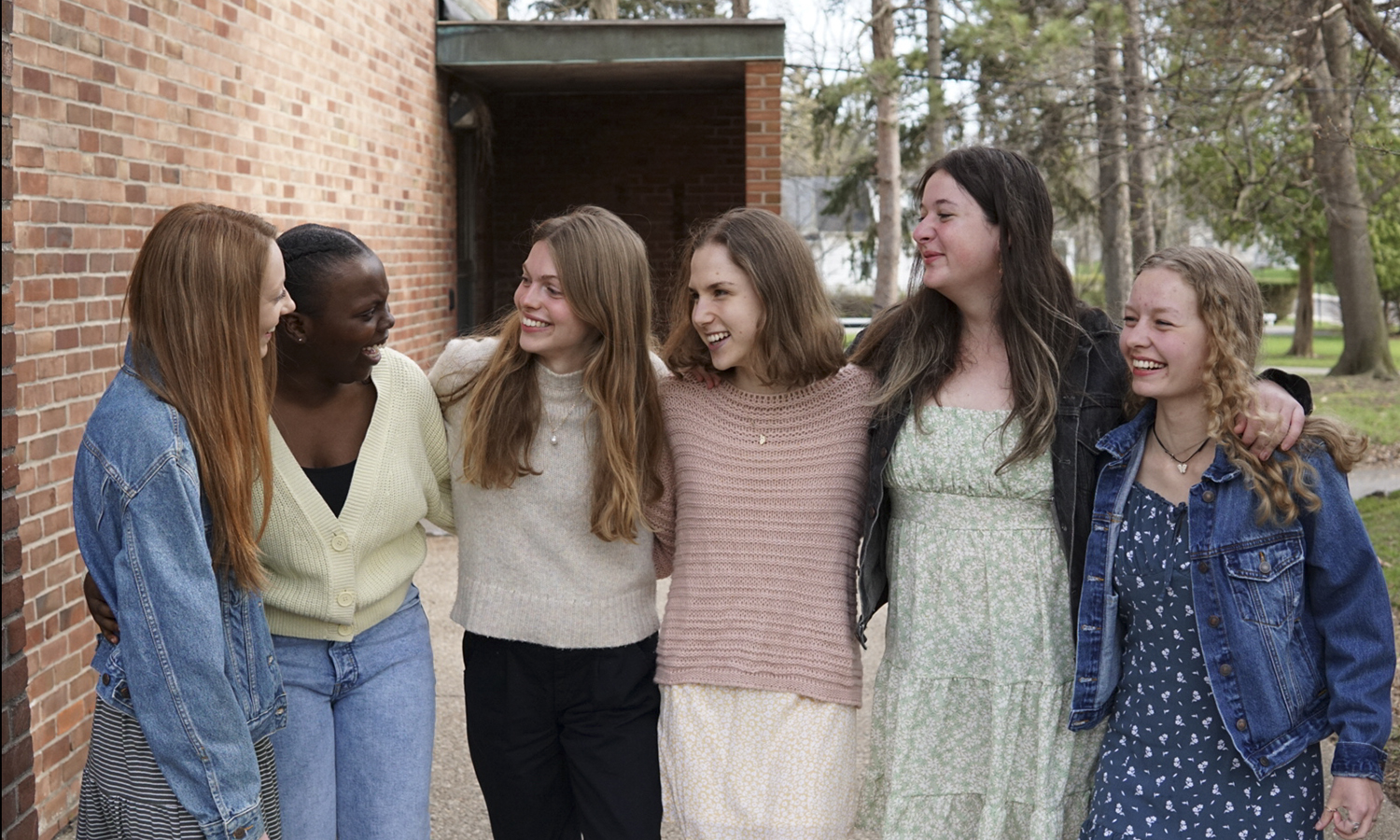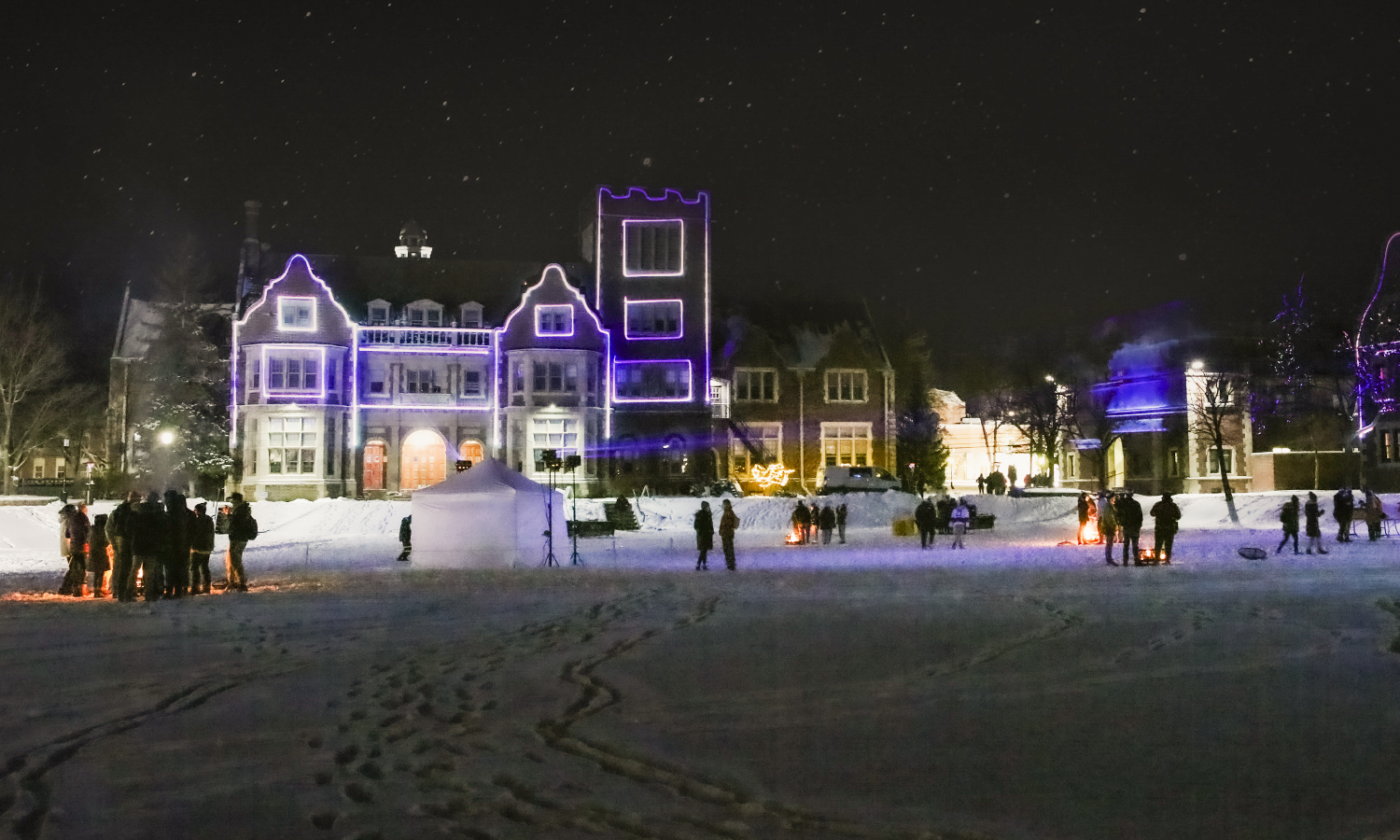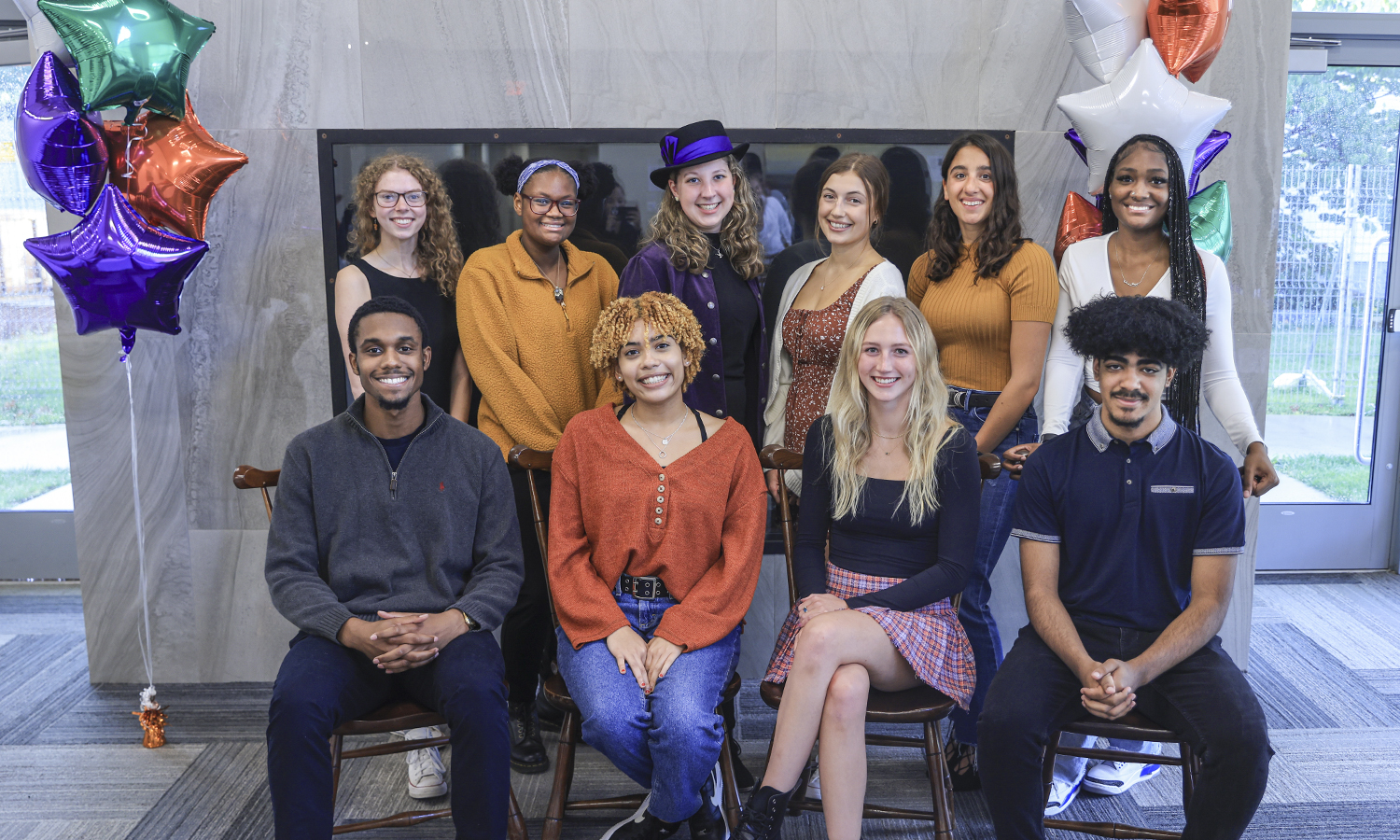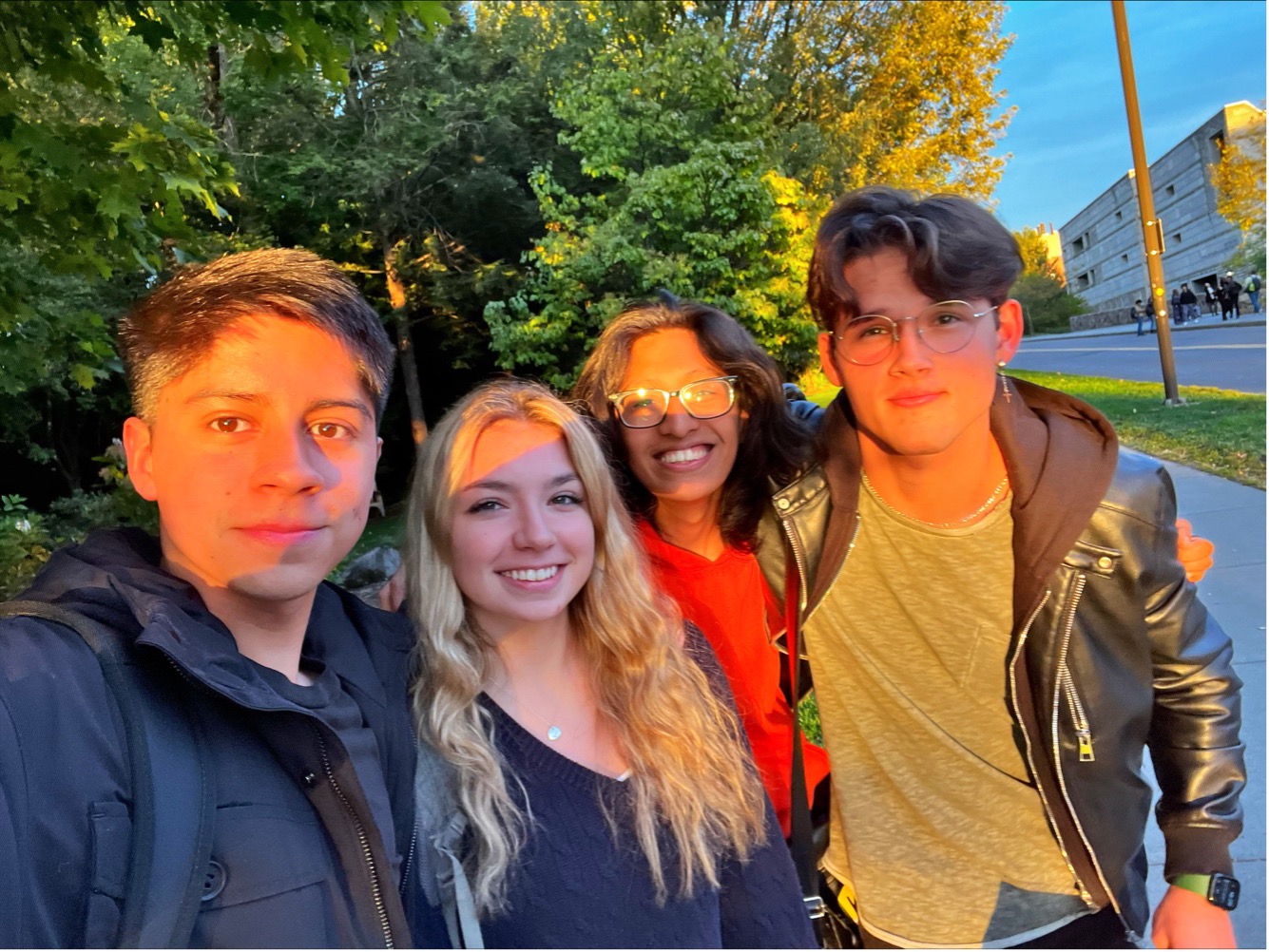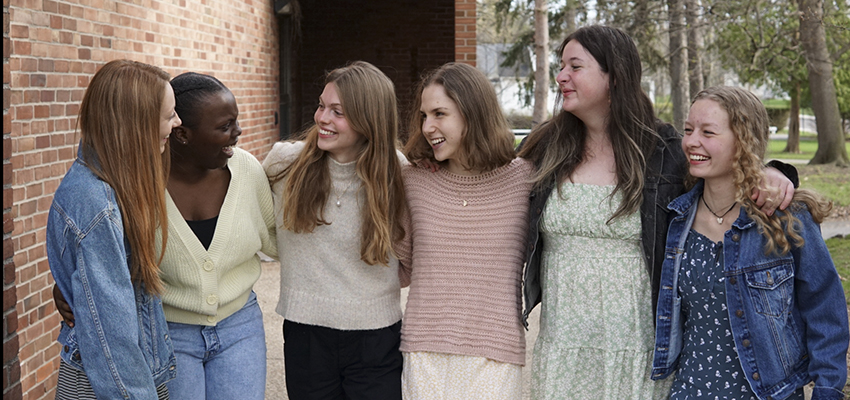
HWS News
18 July 2022 Finding Community: Ramsay ’25 Reflects on First Year at HWS
From finding her academic path in the Economics and Asian Studies departments to using the Salisbury Center for Career, Professional and Experiential Education to land a summer internship, Annabel Ramsay ’25 has capitalized on her first year at HWS. Earlier this year, we highlighted Ramsay’s internship with BCE Consulting and featured her residence hall in an episode of the popular video series HWS Homes.

Check out Annabel, Holly and Luke's residence hall in HWS Homes.
What is the biggest difference between being a high school and college student?
You have roughly eight to 10 classes a week, and the gaps of time in between those classes are entirely at your discretion. You could go jump in the lake, get chocolate chip pancakes from Water St. Cafe, walk along the waterfront, ice skate at the rink, take a weekend trip to Buffalo, participate in a community service project, get some extra help with one of your classes, rank all the Italian restaurants in Geneva (Torrey Park is our favorite), have a movie night in the dorms. Whatever you value, however you want to spend your free time, it’s up to you.
Favorite Course?
The first class that jumps to mind is my first-year seminar “Class Matters” taught by Professor of Sociology Renee Monson. The focus area of the class was socioeconomic status in America and the impact that has on who you become. I see the most value in courses when I find them applicable to life outside of the classroom. Professor Monson’s FSEM passed the test, as I still find myself thinking back to the reading material and conversations that class shared. I would also add that Professor Monson is undoubtedly the main reason why that class was so impactful on my experience. Professor Monson expects that her students work hard, and I respect the level she held us to.
Annabel's First Year on Campus
Best part of living in a residence hall?
The community of friends I developed while living in my first-year dorm made a big difference in my college experience. The girls of Sherrill Hall became fast friends; it was that level of companionship that I so appreciated. Among that group there were many shared dinners, library trips, shopping excursions, ice cream runs, walks and late-night conversations. I’m aware of how cheesy this sounds, but it was the unconditional support and friendship from them that made the year.
Where have you found a community on campus?
I think the beauty of going to a smaller school is that community can be found anywhere on campus. The class sizes are small, so by the end of the semester, you feel a connection with your classmates. For example, my fall semester “Mandarin Chinese” class had a total of three students on the roster. That level of closeness made the course its own little community. As previously mentioned, my dorm also provided a core community for me. Beyond the dorm, participating in PLEN helped me to acclimate to the school. The older William Smith students in PLEN acted as mentors to the younger members. Their guidance was invaluable.
What were you most surprised by this year?
How eager everyone is to help you here! There are several stories and specific individuals within the HWS community that I could use as examples here. To keep it brief, I’ll name just one, but know that there are many more! I enrolled in “Calculus I” during the spring semester. I knew that I would need to take the class as a prerequisite for future econ classes. I had never considered myself a particularly strong mathematics student and was nervous about taking a college level course. I quickly learned that there were many resources that I could put to work on campus to ensure that I was successful. Primarily, the math intern- Connor Parrow ’21. Several times a week, I would seek out Connor’s help for some extra explanations and aid. Connor and the other students at math-extra-help were always ready to re-explain, reword and rework any problems I was having trouble with.
What are you most proud of yourself for accomplishing this year?
This past spring, I took “Tibetan Mandala Painting” with the Ven. Tenzin Yignyen. The Tibetan mandala is extremely time consuming to draw and paint. It takes hours upon hours of focused work to make seemingly minimal progress within your mandala. Painting my mandala taught me many things: time management is integral, as is patience, willpower and a strong introspective streak. I’m proud of myself for taking a course that was a complete unknown and finishing my mandala.


